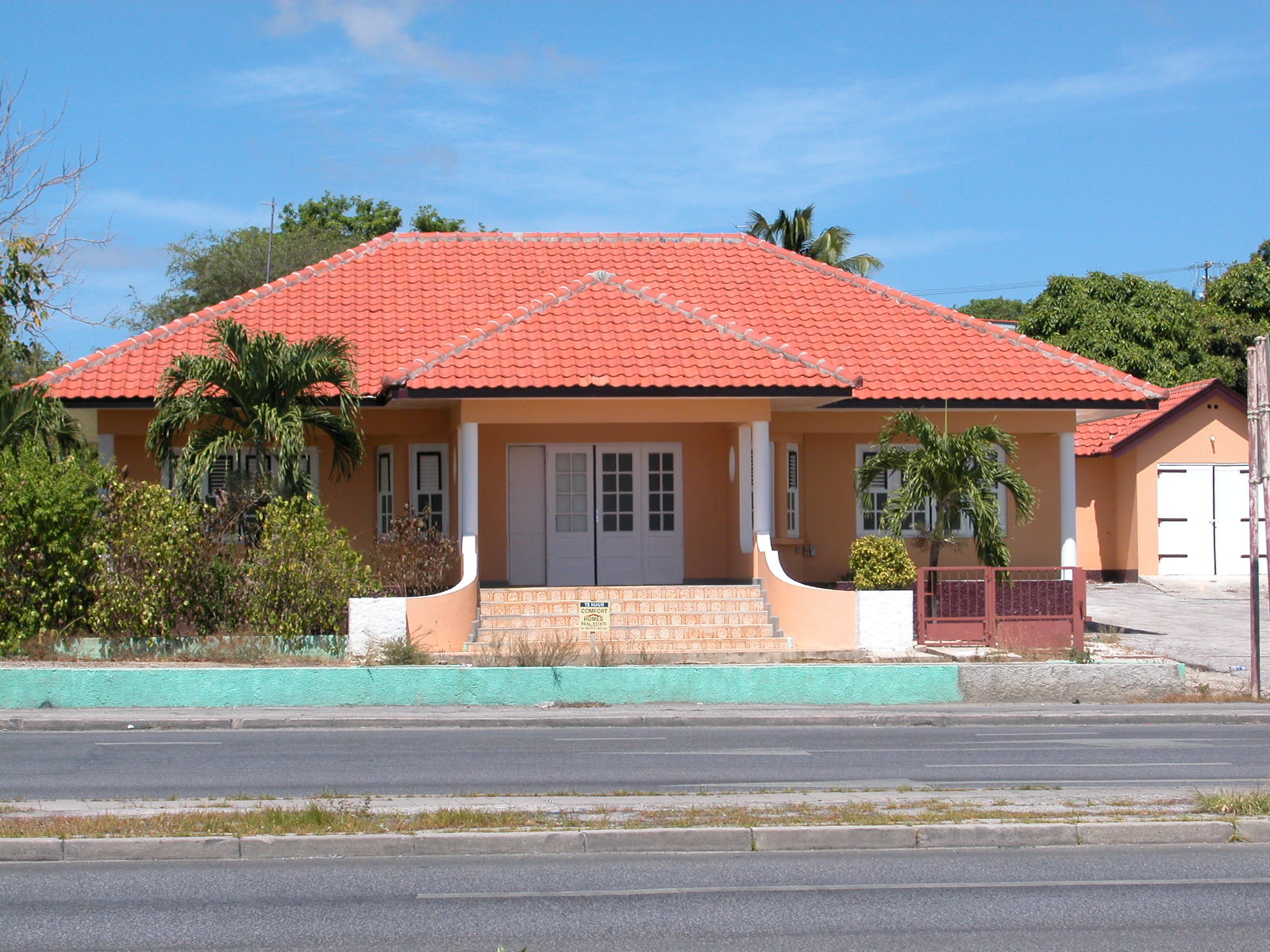1900, Can be found by the waterside in the far north of the property. I will not go so far as to attract parallels between gasoline sludge and elevated blood sugar levels. Gamlehaugen has a history that goes as far again because the Middle Ages, and the checklist of earlier homeowners contains most of the wealthiest males in Bergen. The final owner who operated Gamlehaugen as a farm was the service provider Anton Mohr, who bought it in 1878. When he died in 1890, his widow, Alethe Mohr, sold the property to a pair of artisans from Bergen. The architect was Jens Zetlitz Monrad Kielland, who would later design the Bergen Railway Station and the brick buildings at Bryggen. Immediately owned by the Norwegian state, the latest private proprietor was Christian Michelsen, a politician and delivery magnate who later grew to become the first prime minister of Norway after the dissolution of the union between Sweden and Norway. Michelsen gave the duty of changing it into a big park to gardener Olav Moen, who later became a professor at the Norwegian College of Life Sciences. When Michelsen died in 1925, greenhouse for garden his closest mates and colleagues started a national fund-raising campaign that brought in sufficient cash to permit the Norwegian state to purchase the property.
Many of the trendy developments and discoveries of aquaponics are generally attributed to the brand new Alchemy Institute and North Carolina State College. If you cherished this short article and you would like to receive much more details relating to greenhouse for garden (please click the next website page) kindly go to our internet site. However there's a method to repair this because more eco-pleasant alternate options to plastics are out there. The park has been open to the general public because the state acquired it in 1925. The fruit trees and bushes which were planted when the park was first laid out all died soon after, but the park nonetheless incorporates lots of the unique timber, a number of of that are from before Christian Michelsen acquired Gamlehaugen. Out proper concession to manufacturing facility-built ambulances from Excise Duty. Following Michelsen's death in 1925, his closest buddies and colleagues initiated a national fund-raising campaign which sought to collect the money needed for the state to purchase Gamlehaugen, as well as create a fund to pay for the costs of operation and upkeep. Arguably, each involved excessive threat, unproven know-how and little quick, tangible benefit to the general public in their early years of operation. Barring his years as Prime Minister of Norway from 1905 to 1907, Christian Michelsen lived at Gamlehaugen for the remainder of his life.

Whereas the greenhouse is relatively small, a larger greenhouse is thought to have existed sooner or later in the course of the time Michelsen was the proprietor of Gamlehaugen. Michelsen commissioned the development of the current foremost building at Gamlehaugen, the place he would dwell for most of the remainder of his life. There was a tunnel shield at the tip of one tunnel that remained after building of the bunker ended in 1944. After the tip of World Warfare II, the entrances to the bunker have been blown up. The invasive aquatic plant had first appeared within the lake within the early 1980s. In 1984, the Parks Division installed 120,000 square feet (11,000 m2) of black plastic sheeting along the bottom of the lake, utilizing the spikes to hold the sheeting in place. However, she was allowed to continue utilizing the property and the principle building resulting from a clausule in the sale contract. Prior to Christian Michelsen's acquisition of Gamlehaugen, a lot of the property was used as farmland.
In 1898, Christian Michelsen, a politician and delivery magnate, purchased the property. A Schack Stenberg bought Gamlehaugen in 1838. In 1864, Alexander Bull, the son of the violinist Ole Bull bought the property, however, he bought it to copper smith Ole Andreas Gundersen solely two years later. The Replace defines ARB's local weather change priorities for the next 5 years and units the groundwork to reach California's submit-2020 local weather goals set forth in Government Orders S-3-05 and B-16-2012. In August 2023, the Polish government filed a collection of complaints with the European Court docket of Justice in opposition to provisions which can be a part of the Match for fifty five package deal, claiming that EU local weather insurance policies threaten Poland's financial system and power security. The EU's Match for greenhouse ventilation fifty five local weather package is projected to create a net 204,000 jobs by 2030, adding to the baseline growth of 6.7 million jobs. The Fit for 55 package deal proposals are discussed in multiple council formations similar to setting, energy, transport, financial system and finance.